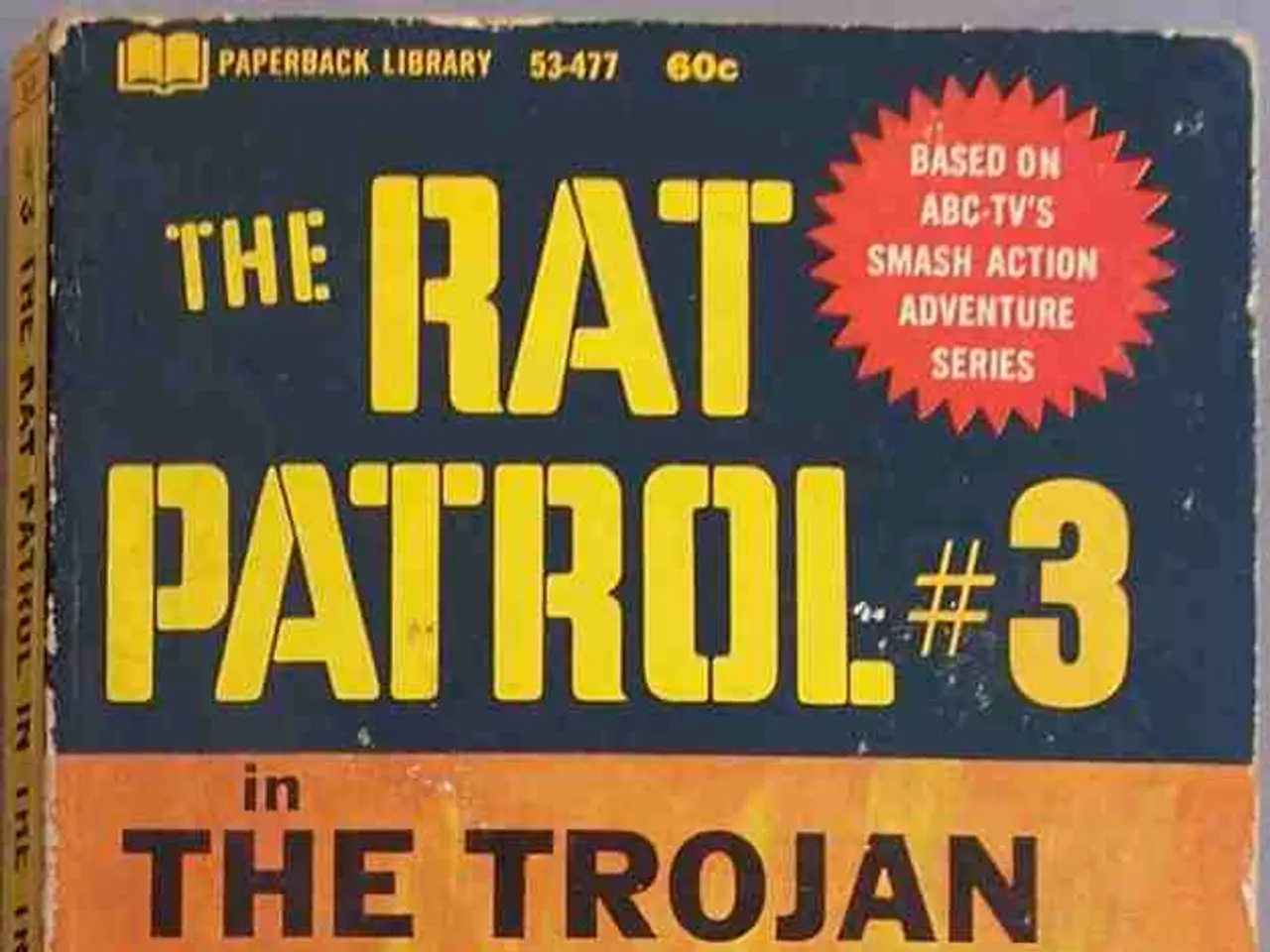Enemy lines during Christmas Eve 1914's truce, as soldiers exchanged holiday spirit through carol singing during World War I.
In the bitter cold of December 1914, amidst the ongoing First World War, a remarkable event unfolded. The warring parties on the Western Front, tired, cold, and weary, found themselves pausing their hostilities for a brief moment, creating a temporary ceasefire that would be remembered as the Christmas Truce of 1914.
The truce began spontaneously, inspired by calls for peace from various sources, including Pope Benedict XV. Soldiers from both sides emerged from their trenches, exchanging greetings, food, and makeshift gifts. They shared a desire for peace and human connection during the holiday season, and the Christmas spirit was palpable even in the midst of conflict.
Singing carols like "O Tannenbaum," "Adeste Fideles," and "O Come, All Ye Faithful" helped express shared cultural and religious traditions, fostering a momentary sense of fraternity and goodwill. The voices of the opposing sides during the carol singing were so close that they could have sounded like a single choir.
The truce also enabled practical activities, such as burying the dead and resting without shooting, emphasizing the soldiers' fatigue and disillusionment with the war. On Christmas Day 1914, soldiers from both sides climbed out of their trenches and into "No man's land," creating a temporary ceasefire.
However, the truce was not wholly unanimous across the lines, as the Allied and German commanders forbade any fraternisation. Despite this, the event symbolized the recognition by ordinary soldiers that the war was not their choice and that the opposing men were fellow human beings rather than enemies to kill.
The 1914 Christmas Day truce was not repeated for the remaining years of the conflict. The First World War continued for several more years after the truce, and the conditions during winter remained deplorable. Yet, the memory of that brief respite continues to inspire hope, reminding us of the power of humanity and the desire for peace even in the most unlikely of places.
References: 1. The Christmas Truce of 1914 2. The Christmas Truce of 1914: An Unofficial Peace
During the truce, soldiers on both sides strengthened their shared bonds through carol singing, with their voices blending so closely they seemed like a single choir, exemplifying a momentary unity across enemy lines. The temporary ceasefire also allowed for practical activities such as burying the dead and resting, highlighting their collective fatigue and disillusionment with the war.








